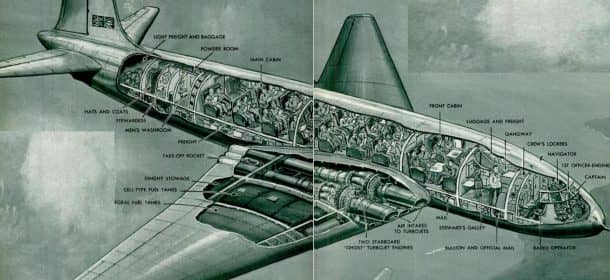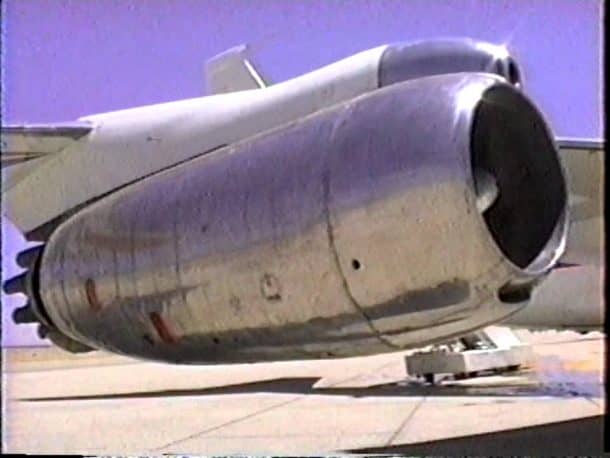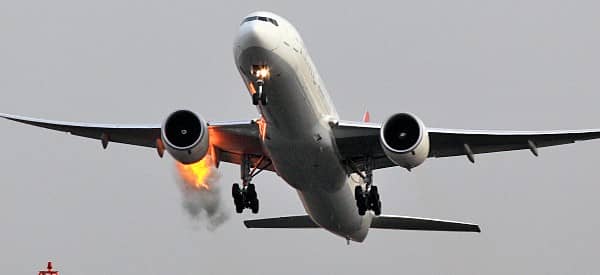Airplane designs have gone through a huge evolution over the years before reaching the excellent design that they possess today. The question of engine placement has also undergone a similar evolution. The DeHavilland Comet of the early 1950’s used an internal engine, making the plane seemingly more streamlined and hence, more efficient.

But there’s a good reason why the late 1950s saw the likes of Boeing 707 starting to mount the engines in a nacelle outside the wing. In fact, this change happened to strike a balance between different factors – form drag, wing design/efficiency, and engine design/efficiency.

It is true that making the fuselage as smooth as possible would lead to lesser drag, but adding the engine and the rotor beneath the wing doesn’t nearly add as much drag as that of an ill-designed wing. The aerodynamics of the wings are the most important factor on the aircraft as far as the efficiency is concerned. Fitting a large diameter turbofan engine is not going to work inside a wing because to incorporate it; either the wing needs a huge redesign, or you need to cut down on the size and consequently, the power of your engine.
Production of lift with as little drag as possible is the ultimate key to making the operations more efficient. If the optimal wing design of today has to be compromised to add a structure accommodative of the engine installation inside the plane, then this idea would, in fact, set back the performance and operating cost of the aircraft. Thus as the rule of the thumb, keeping wing design unencumbered is the key. And since cutting down on the power is also not an option, placing an engine inside the fuselage ticks all the wrong boxes.

The second more obvious reason is that burying the engines inside the fuselage would make them harder to access for maintenance. The hard access would be even a bigger problem in the case of an emergency, such as the engine catching fire. And since it would be placed right next to the fuel tanks on one side and the passenger cabin on the other, a burning junk of metal in this setting would be inherently more dangerous.
Taking the engine outside the plane gives a lot more room for maintenance and adds a greater factor of safety. A fire won’t spread inside the aircraft as the engines are designed to fall off the wing in case of some malfunction.
Another problem would be designing an elaborate mechanism to put air inside the engine, which naturally happens in the outside assembly. Engines of the past were pure turbojets with very little bypass. As they evolved, the bypass ratios increased to today’s modern turbofans on new airliners, which make the engine efficient by passing most of the air outside allowing a much wider diameter.
Do you know other reasons why engines can not be placed inside the fuselage? Comment below!



Putting engines on the wings provides pilots an additional way to control the direction of flying in case some thing goes wrong with the main system of controlling heading. this is done by manipulating power setting of each engine.
Putting the engines outside and below the wings makes the aircraft more stable as the center of gravity is shifted below.
1) Wings bend under pressure due to lift and they designed to be flexible because of that reason. However, engine compoments are rigid compared to wings (shaft,gearbox,compressor,turbine,fan etc.).Therefore, you need to mount them on wings as a seperate unit.
2) Engines generate high amount of heat because of the combustion. Therefore, they shouls be kept away as far as possible from critical systems in the wings (hydraulics, wires, control surfaces etc).
Just my humble opinions 🙂